The São Paulo Biennial, one of the most prestigious art exhibitions in Latin America, has always been a platform for cultural exchange and artistic innovation. This year, however, the event’s curatorial team has made a bold and controversial decision: the abolition of the national pavilion system. For decades, the national pavilion structure has been a cornerstone of the Biennial, allowing countries to showcase their artists under a unified national identity. The move to eliminate this framework has sparked intense debate within the art world, raising questions about the future of global art exhibitions and the role of national representation in contemporary art.
The announcement came during a press conference held by the Biennial’s chief curator, who emphasized the need to move beyond geopolitical boundaries in art. "The national pavilion model is outdated," the curator stated. "It reinforces divisions that no longer reflect the fluidity of contemporary artistic practices. Artists today collaborate across borders, and their work often transcends national identities. It’s time for the Biennial to evolve." This statement has been met with both enthusiasm and skepticism. Supporters argue that the change will foster a more inclusive and dynamic exhibition, while critics fear it may dilute the distinct cultural voices that national pavilions have historically amplified.
The decision to dismantle the national pavilion system did not emerge in isolation. Over the past decade, there has been growing discontent among artists and curators about the limitations imposed by national representation. Many have pointed out that the system often privileges established art markets, leaving smaller or less economically powerful nations at a disadvantage. Additionally, the rise of transnational artist collectives and diasporic art practices has challenged the very notion of art as a product of a single nation-state. The São Paulo Biennial’s shift can be seen as a response to these broader trends in the global art scene.
Reactions from the international art community have been mixed. Some prominent artists and curators have praised the move as a progressive step toward decolonizing art exhibitions. "National pavilions are a relic of the 20th century," remarked one influential curator. "They perpetuate a Eurocentric view of art that no longer serves the diverse realities of today’s artists." On the other hand, representatives from several countries have expressed concern that the change could marginalize artists from regions with less visibility on the global stage. "Without national pavilions, how will emerging art scenes gain recognition?" asked a delegate from a Southeast Asian arts council.
The logistical implications of this decision are still unfolding. Traditionally, national pavilions were funded and organized by their respective governments or cultural institutions. With the removal of this structure, the responsibility for curating and financing exhibitions will fall entirely on the Biennial’s organizing committee. This raises practical questions about funding, artist selection, and the overall coherence of the event. Will the Biennial adopt a thematic approach, or will it prioritize individual artist projects? How will it ensure equitable representation without the framework of national participation? These are just some of the challenges the curatorial team will need to address in the coming months.
Historically, the São Paulo Biennial has been a trailblazer in the art world. Founded in 1951, it was the first major biennial outside of Venice, and it has consistently pushed boundaries in its curatorial approach. The decision to abandon national pavilions aligns with this legacy of innovation. However, it also risks alienating longstanding participants who have relied on the pavilion system to showcase their work. Some fear that the Biennial could lose its international appeal if it becomes too disconnected from the geopolitical realities that shape the art market.
Beyond the immediate practical concerns, this move invites a deeper reflection on the role of art in a globalized world. In an era marked by rising nationalism and cultural fragmentation, the São Paulo Biennial’s rejection of national categories is a provocative statement. It suggests that art can—and perhaps should—exist outside the confines of political borders. Yet, it also raises ethical questions: Is it possible to fully decouple art from its cultural and national contexts? Can a truly global art exhibition exist without replicating the power imbalances it seeks to dismantle?
The coming edition of the São Paulo Biennial will be a litmus test for this new direction. Artists, curators, and audiences alike will be watching closely to see how the event navigates these uncharted waters. Whether this decision will inspire other major biennials to follow suit remains to be seen. For now, one thing is certain: the São Paulo Biennial has once again positioned itself at the center of a critical conversation about the future of art and its relationship to the world at large.
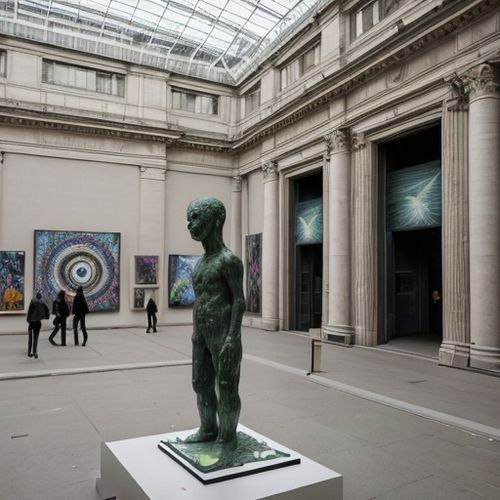
By Jessica Lee/Apr 12, 2025
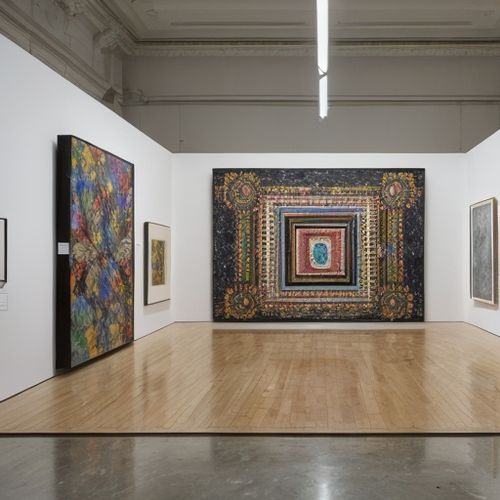
By Daniel Scott/Apr 12, 2025
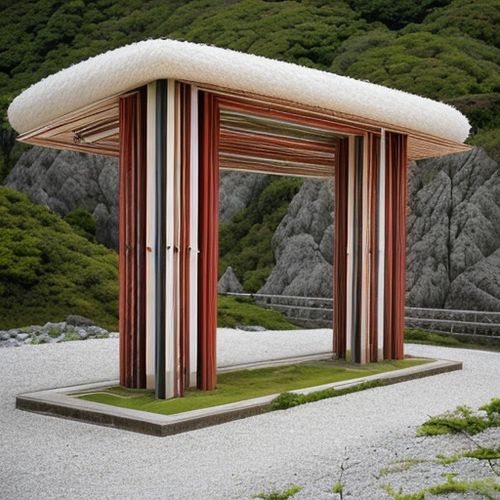
By Megan Clark/Apr 12, 2025
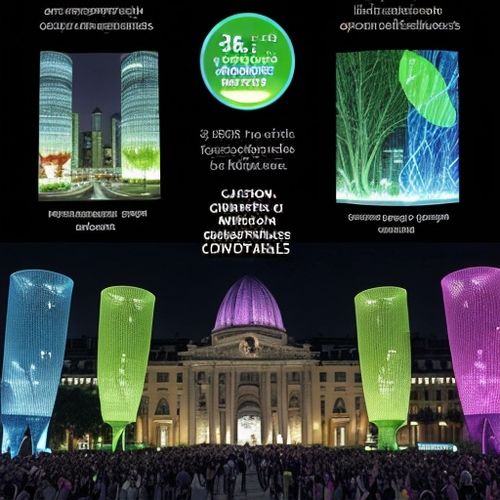
By Elizabeth Taylor/Apr 12, 2025
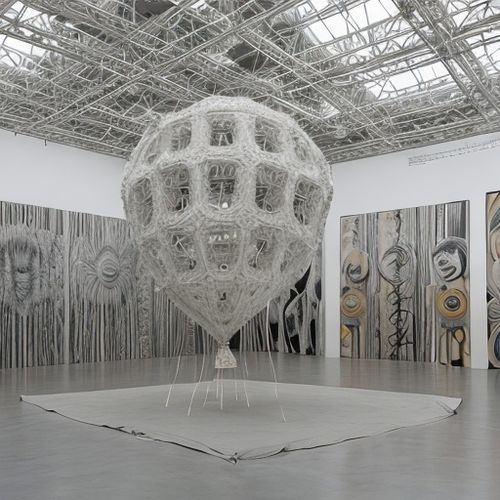
By James Moore/Apr 12, 2025
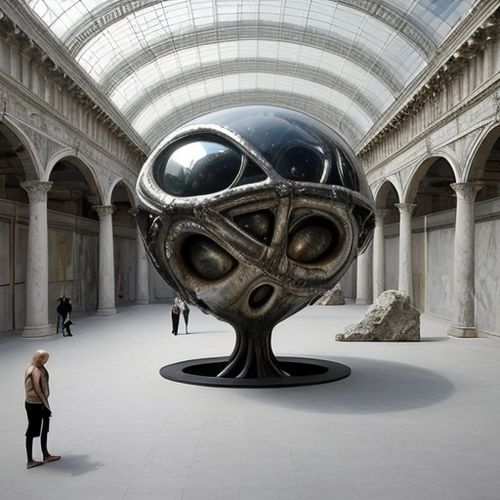
By Natalie Campbell/Apr 12, 2025

By Grace Cox/Apr 12, 2025

By David Anderson/Apr 12, 2025

By Emma Thompson/Apr 12, 2025
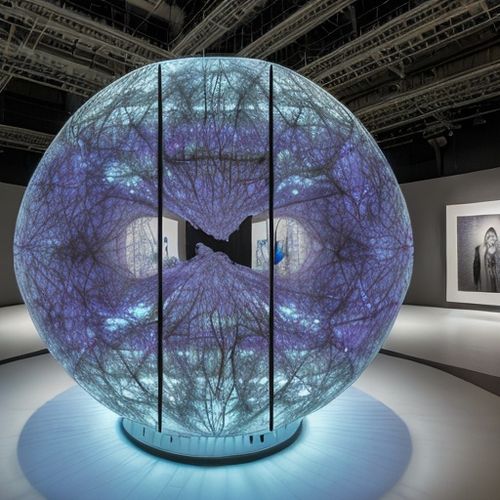
By Jessica Lee/Apr 12, 2025

By Thomas Roberts/Apr 12, 2025

By Noah Bell/Apr 12, 2025

By David Anderson/Apr 12, 2025
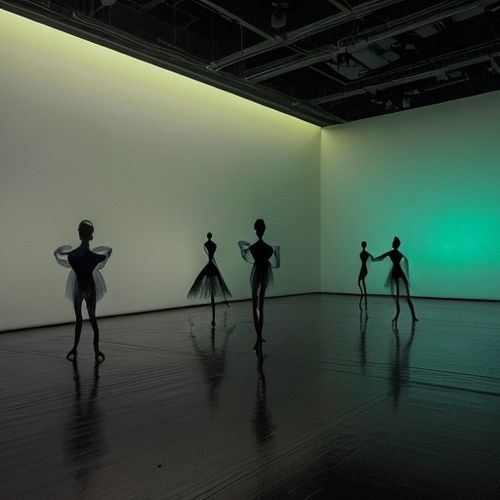
By Victoria Gonzalez/Apr 12, 2025

By Sarah Davis/Apr 12, 2025
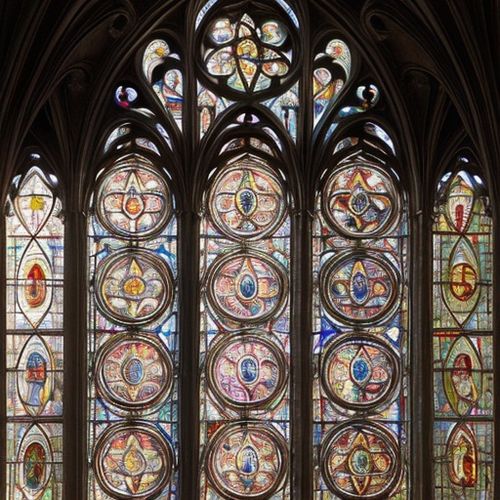
By Rebecca Stewart/Apr 12, 2025

By James Moore/Apr 12, 2025

By Thomas Roberts/Apr 12, 2025

By Lily Simpson/Apr 12, 2025